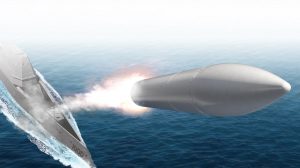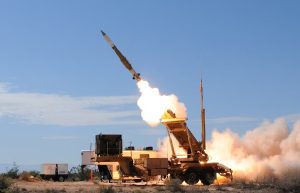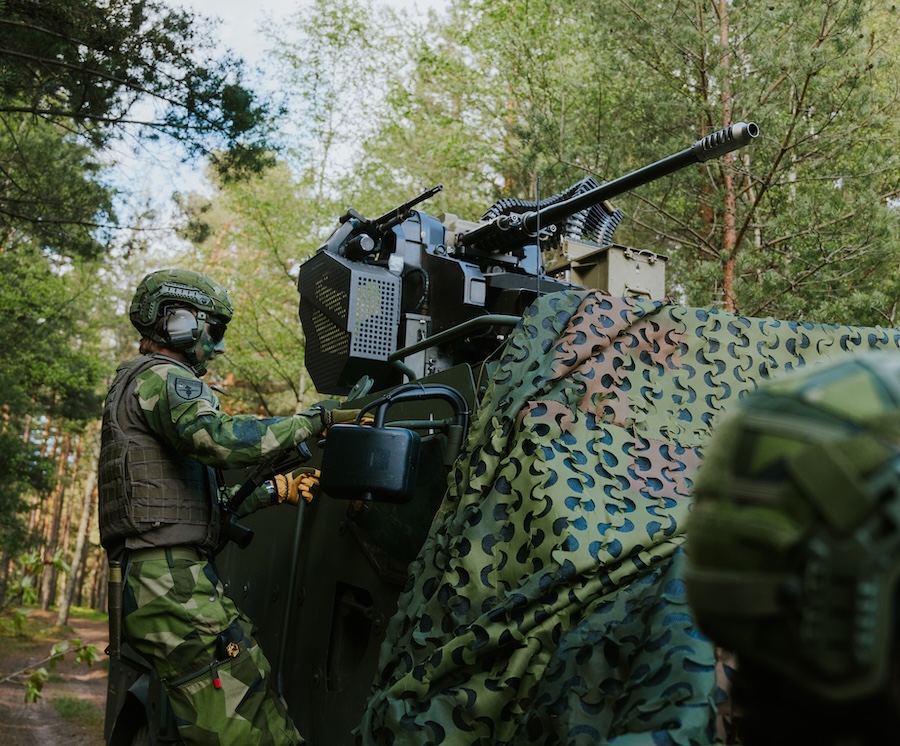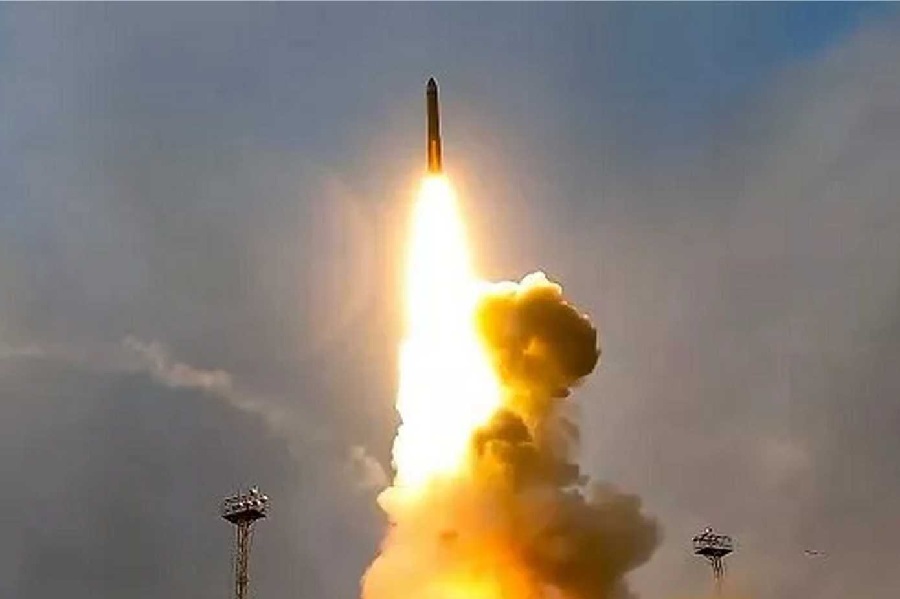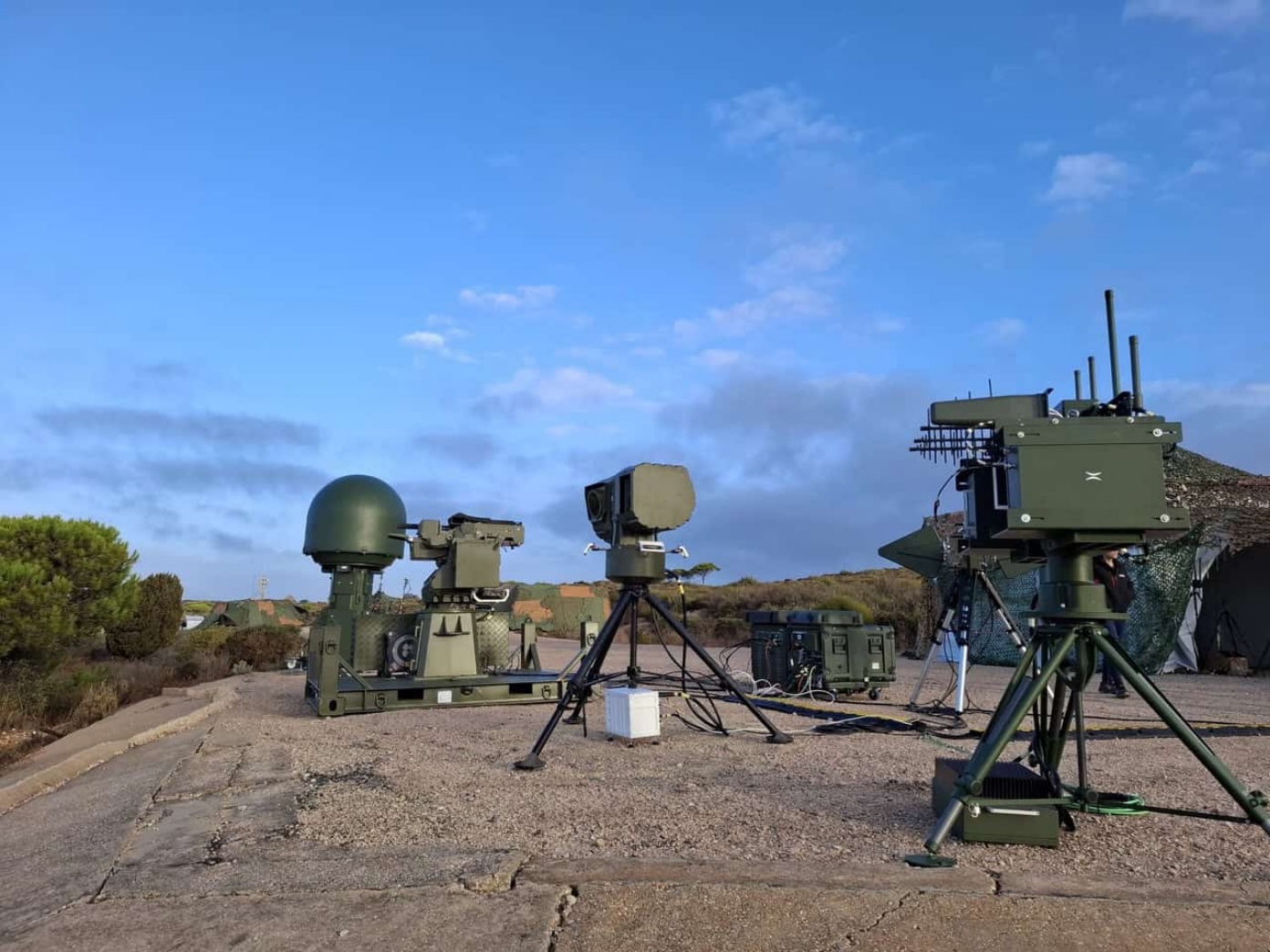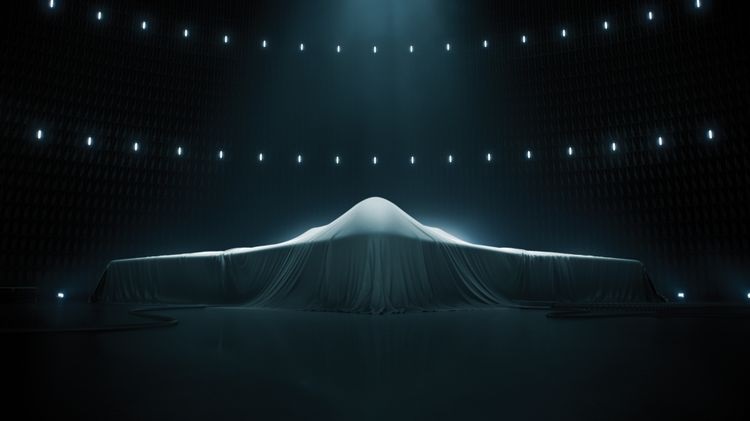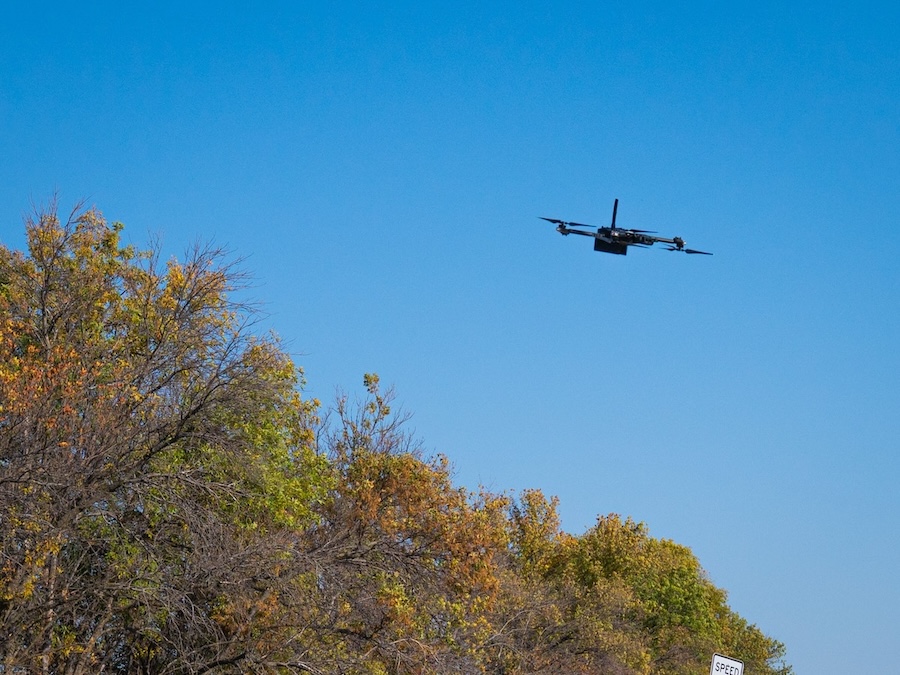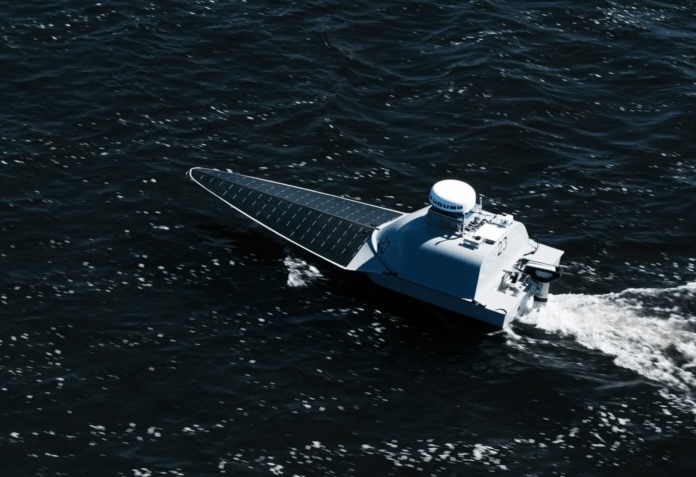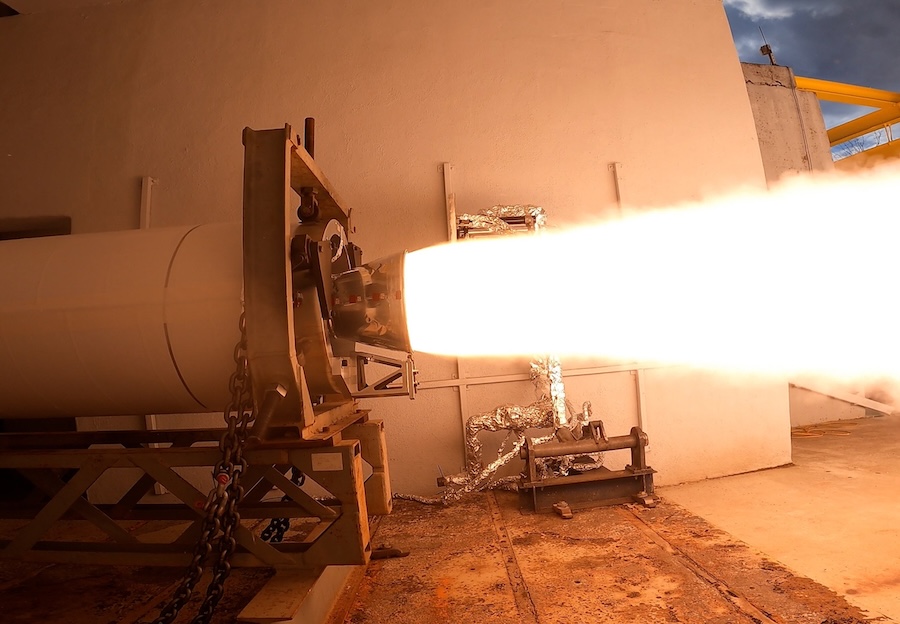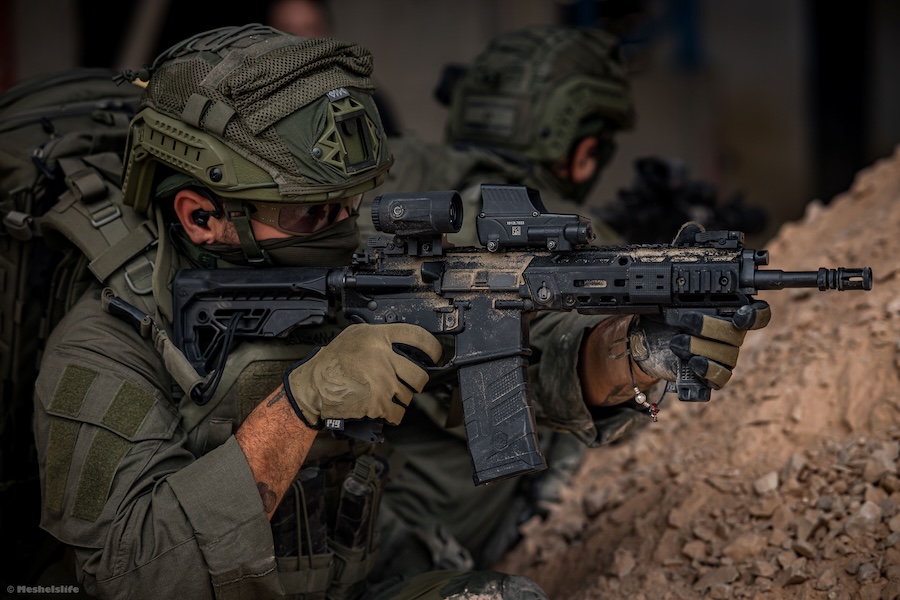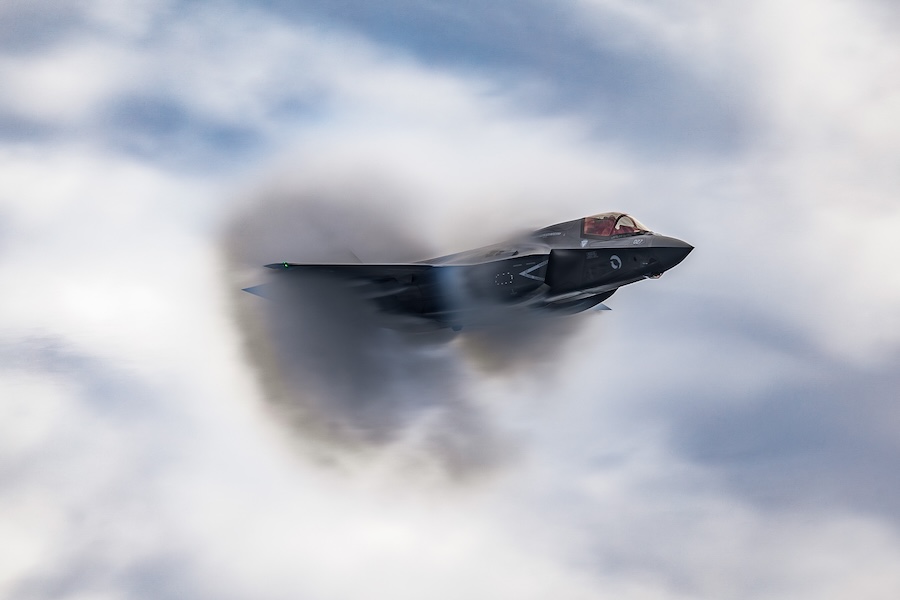Blackbeard GL is designed to enhance HIMARS with a cost-effective, mid-range hypersonic precision strike capability against time-sensitive, mobile, or hardened targets. According to Army budget documents, the missile will deliver around 80% of the capability of the future Precision Strike Missile (PrSM) Increment 4, at a significantly reduced cost.
This next-generation system uses seeker-based terminal guidance, allowing it to engage moving or concealed targets even in degraded conditions. Its integration into modified Multiple Launch Rocket System Family of Munitions (MFOM) pods enables compatibility with both HIMARS and the tracked M270 launcher, offering operational flexibility with minimal changes to existing platforms.
The development roadmap includes a proof-of-concept fixed-fin flight test in early 2026 using an adapted air-launched variant. This will be followed by the production of a dedicated launcher pod and a live-fire demonstration of the ground-launched system in 2027, with initial deliveries to operational units targeted for 2028.
Unlike the Long Range Hypersonic Weapon (LRHW), also known as Dark Eagle, which is a strategic-range system with ranges exceeding 2,700 kilometres, Blackbeard GL trades down speed and range to gain survivability, affordability, and responsiveness. The Army notes this tactical design allows for more frequent and distributed use, in contrast to the more logistically demanding LRHW.
Army documents clarify that Blackbeard GL is not a replacement for LRHW, but a complementary system that fits within the Army’s broader layered hypersonic fires strategy. “Blackbeard GL will introduce a hypersonic capability to the existing HIMARS and MFOM architecture by integrating into modified launch pods,” the justification states.
Compared with PrSM Increment 4, which is expected to use air-breathing propulsion and exceed 1,000 kilometres in range, Blackbeard GL is positioned as an affordable and quicker-to-field solution. It is intended to complement existing PrSM Increments 1 and 2 by filling an operational gap before Increment 4 reaches maturity.
The Blackbeard GL programme is being led by Castelion Corporation, a defence technology company founded in 2022. Castelion has reportedly received over $100 million in private venture funding and about $22 million in government contracts, and focuses on fast-turnaround, scalable production of hypersonic and high-speed weapons.
Development is being overseen by the Army’s Rapid Capabilities and Critical Technologies Office (RCCTO), following an Acquisition Decision Memorandum signed in May 2025 and a validated Abbreviated Capability Development Document (A-CDD). Castelion’s iterative design cycles and vertically integrated model—supported by a team of 80 to 100 employees—are viewed as a test case for the Army’s push toward rapid acquisition methods.
Blackbeard GL is also designated as a primary munition for the future Common Autonomous Multi-Domain Launcher (CAML), which is under development in heavy and medium variants. These platforms, built on M1075 and FMTV chassis, are being designed with autonomous resupply and waypoint navigation capabilities, supporting munitions such as PrSM, PAC-3, Tomahawk, and Blackbeard GL.
Army documents highlight Blackbeard GL’s backward and forward compatibility as a key advantage. Its canisterised configuration within the MFOM pod system allows for use across both legacy systems like HIMARS and future platforms like CAML, thereby enabling scalable hypersonic fires from distributed launch points.
HIMARS, a wheeled and air-transportable launcher fielded widely by US and allied forces, supports one MFOM pod per reload. With munitions such as GMLRS, ATACMS, PrSM, and now Blackbeard GL all using the same architecture, the selection of payloads for each mission will balance cost, range, and tactical needs.
The Army’s aim with Blackbeard GL is to deploy a hypersonic solution that is tactically useful, survivable, and cost-effective. As stated in budget documents, the system “improves the HIMARS platform’s ability to deliver mid-range precision strikes” while minimising infrastructure disruption and leveraging existing launcher platforms.





